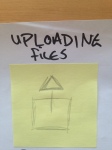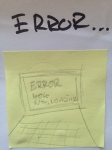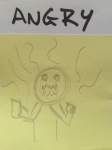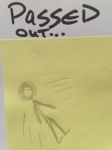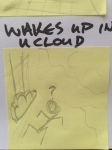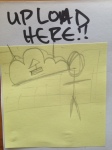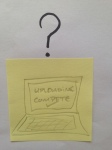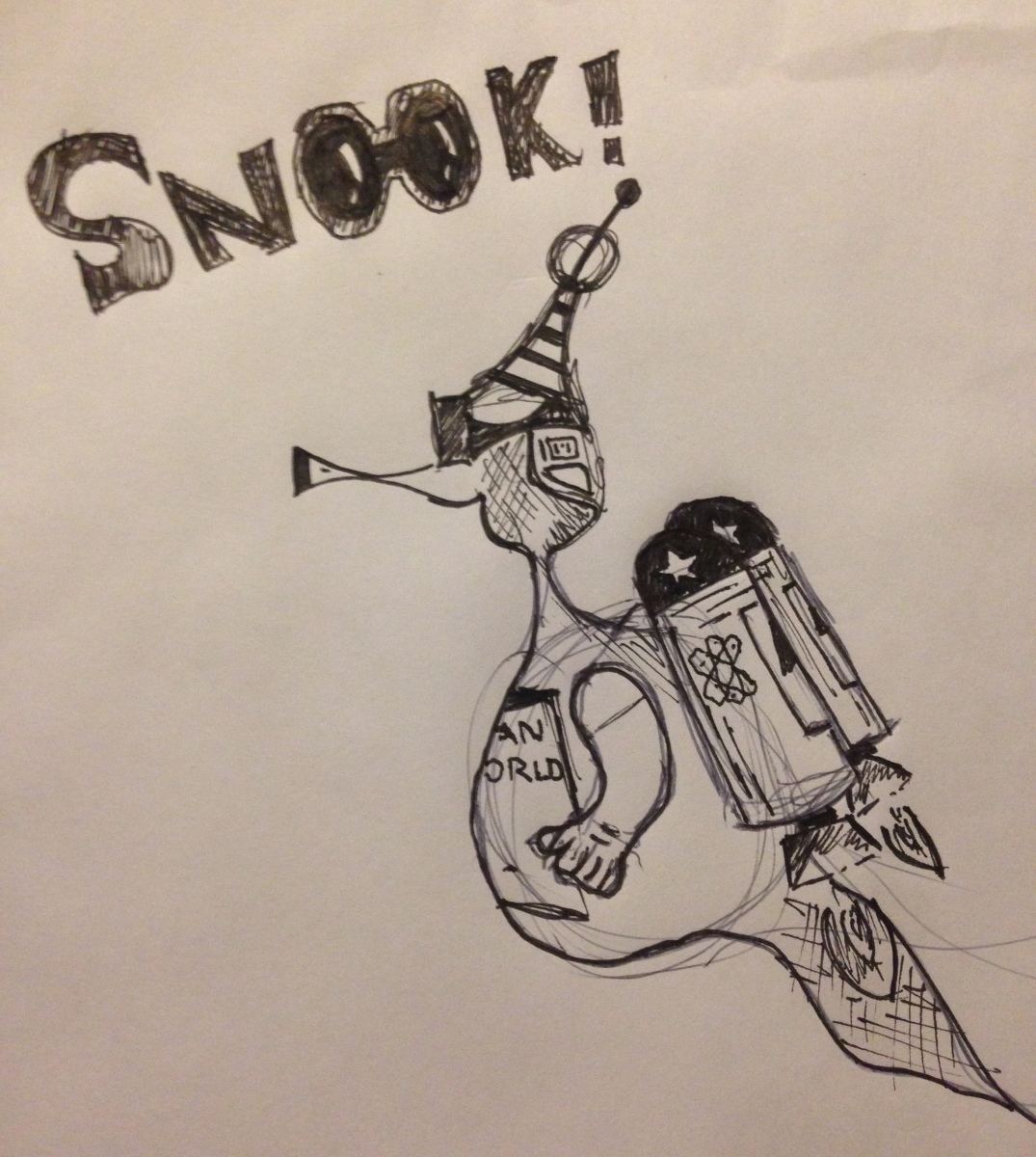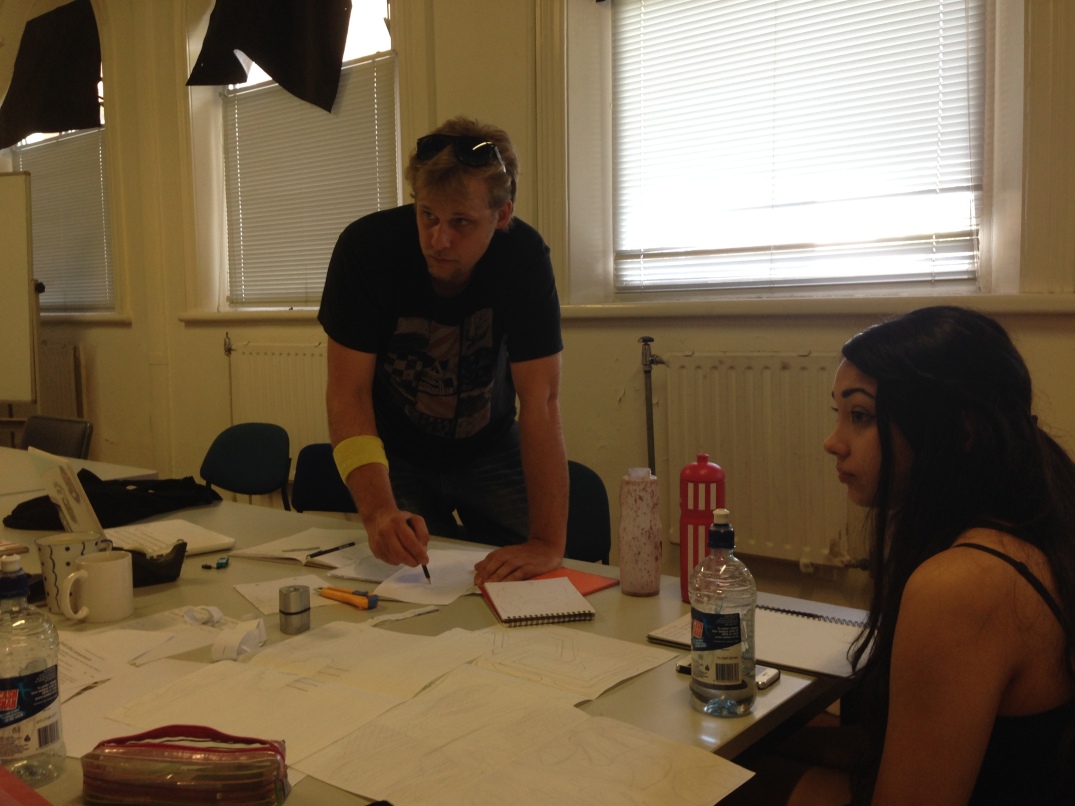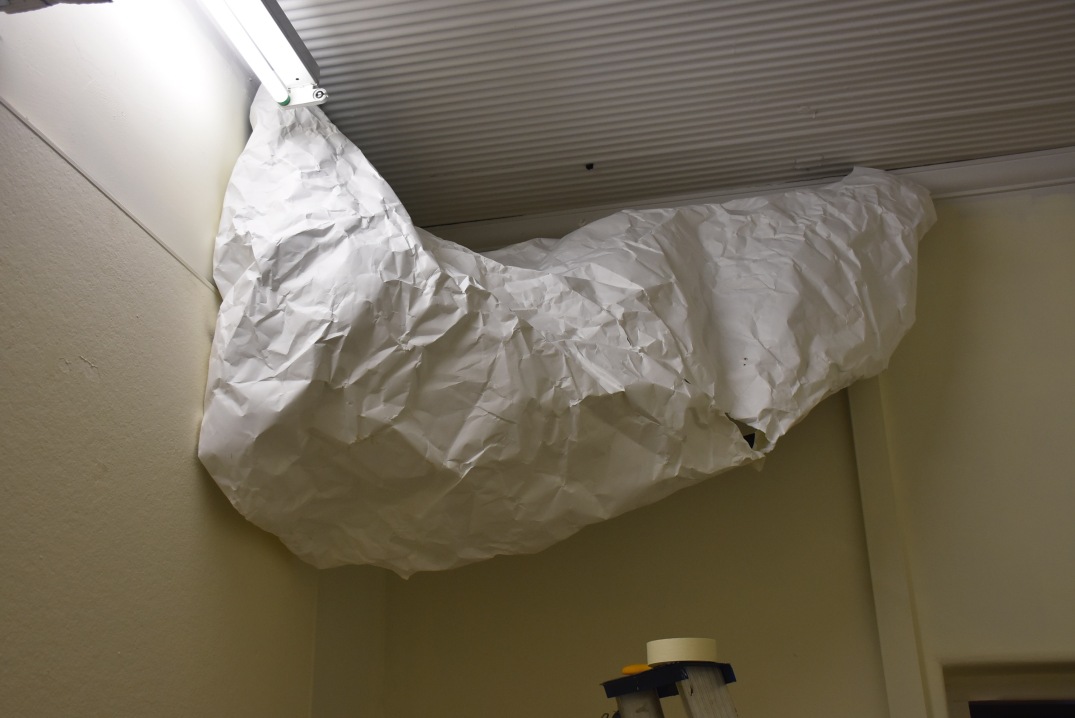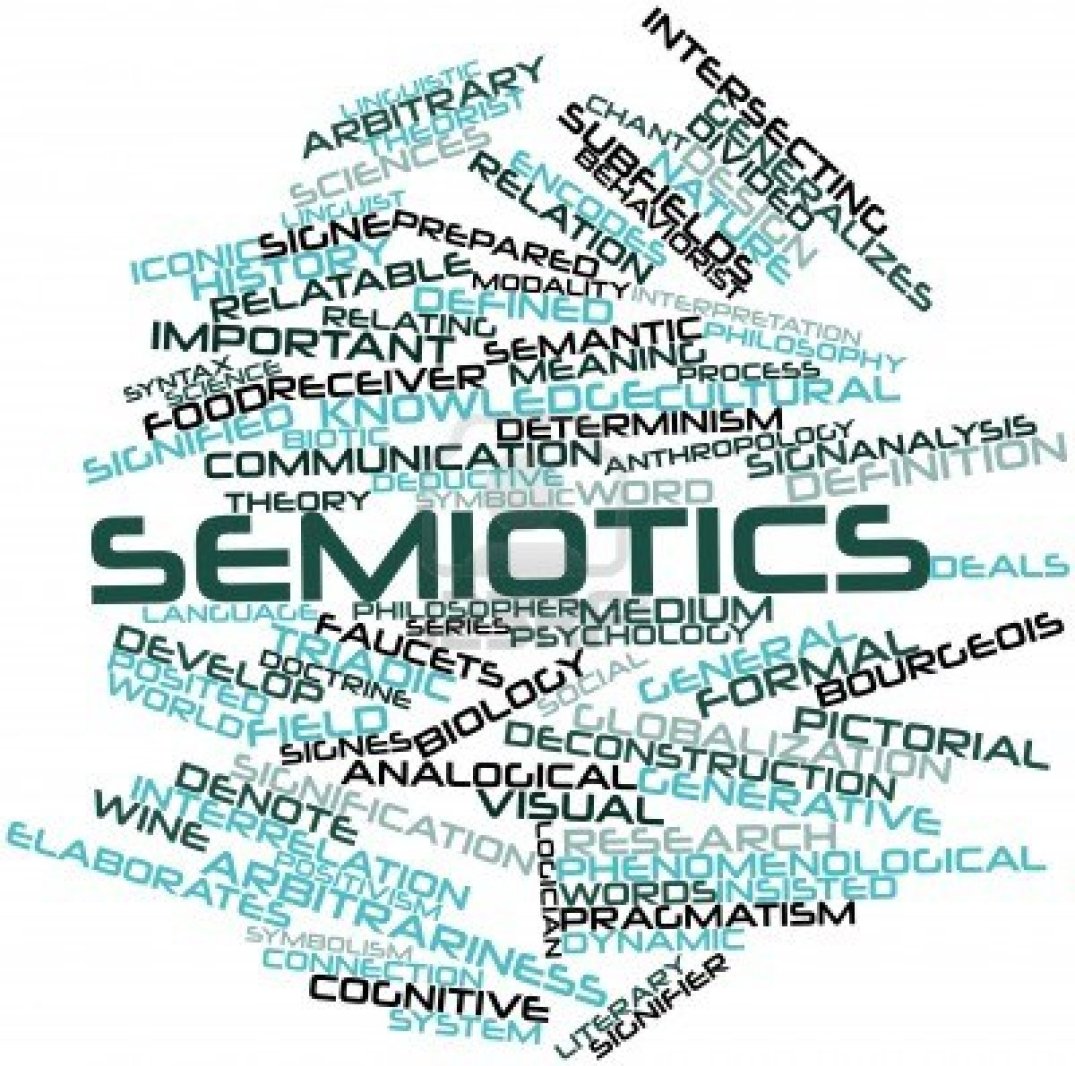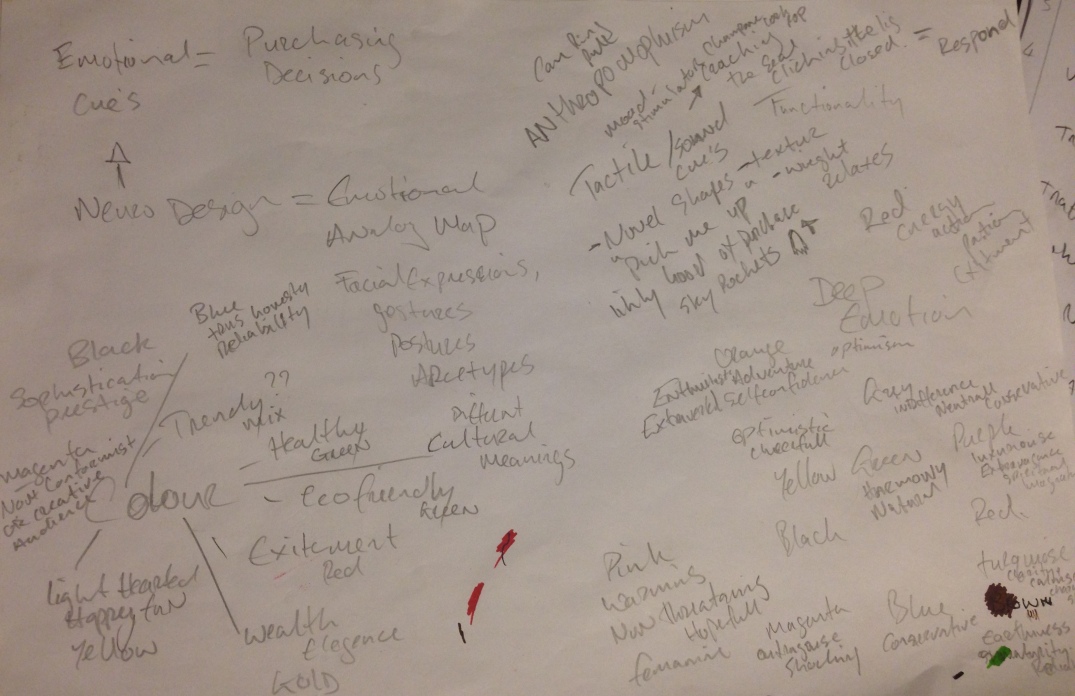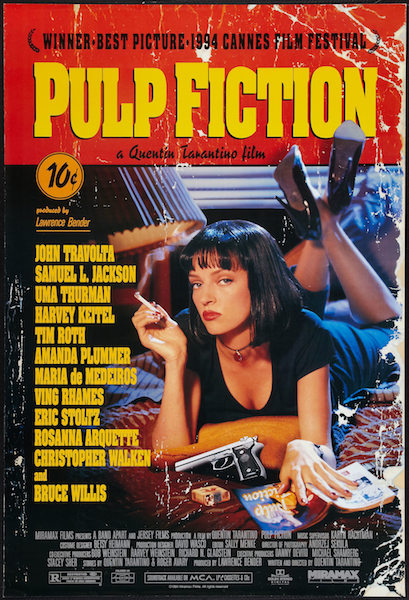
We all borrowed Dlsr cameras.
The task was to capture footage from united and work together.
I instantly started thinking of narrative and made a fun moustache, I was trying to motivate everybody and create a positive group feel. Whether it worked or not I don’t know but I did learn people are more likely to engage in a little crazy if you put your self out there first.

I made the choice to go to the crazy stairwell and ‘haunted’ lift as I thought it would make for interesting camera angles. It did. We used the camera to capture different angles of the same shot, setting the camera up in different places. This was challenging as we didn’t really know what we were doing!
I’ve learnt that you can create different degrees of tension and scope in the same small space just by using different camera angles.
We worked together and created interesting chase scenes, we came to the conclusionI that there were differing opinions on how to compose the various scenes. We communicated our ideas and explored some different shots, but most importantly I’m proud we all made the compromise necessary to work as a group.
Our group just went for it, gathering footage, and we were possibly in the way of people using the lift and stairwell.
Luckily people are very understanding and respectful of our creative enterprise, one delivery guy was quite keen to be in the video. Another lady did tell us off, and asked if we had authorisation. I explained that we did and we would only be disturbing her for another 5 mins. I also thanked her after the shoot for her patience…She didn’t care! I now understand that you can’t let a singular attitude put you off otherwise you’d never do anything.
I’ve learned about myself that I like using cameras to obtain footage and can’t help thinking of narrative. I’m becoming increasingly interested in in film production







